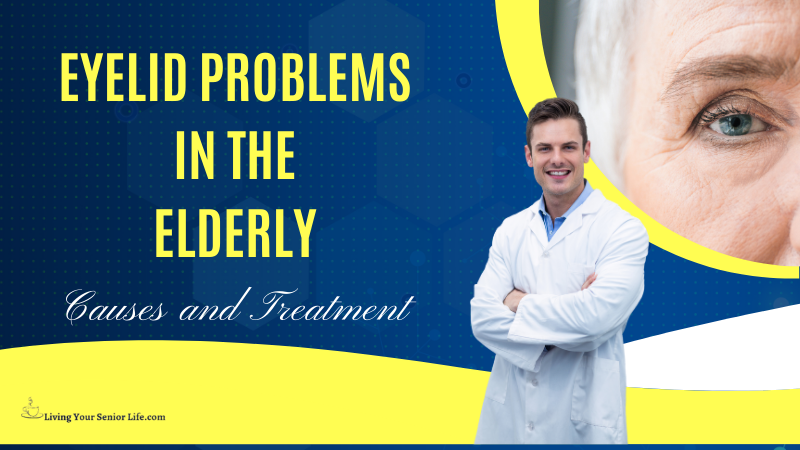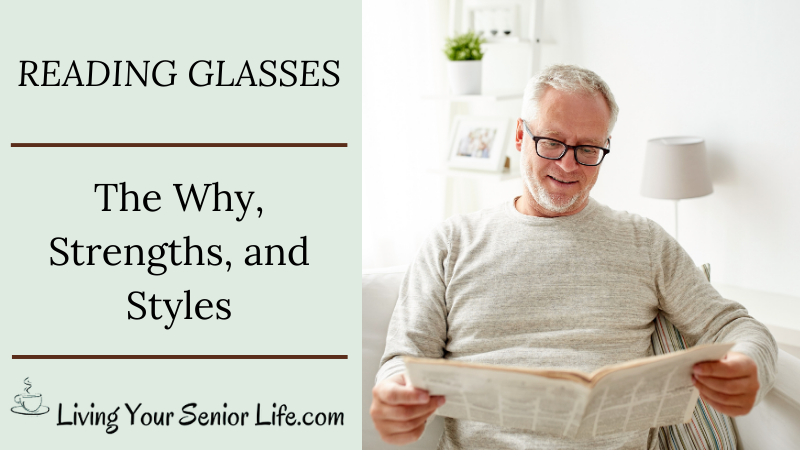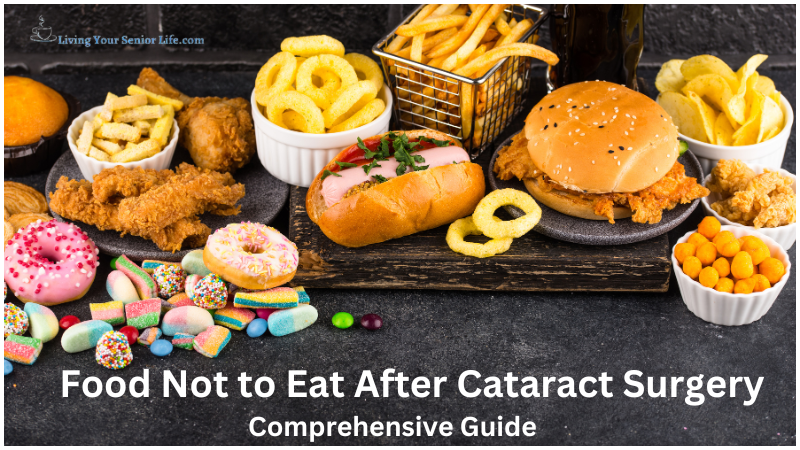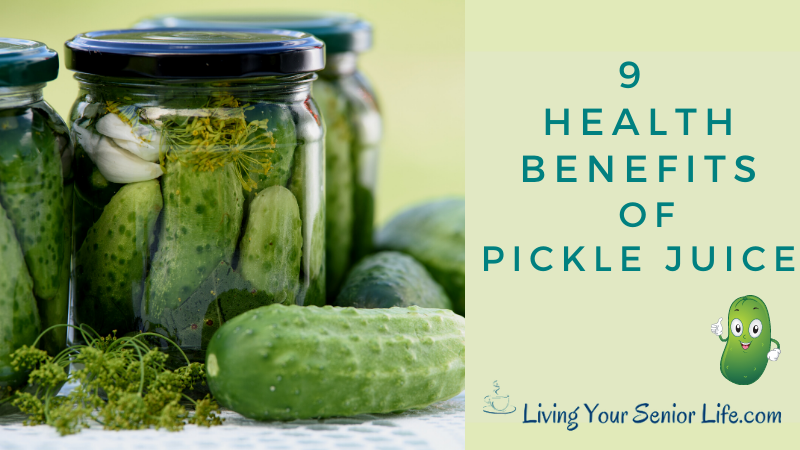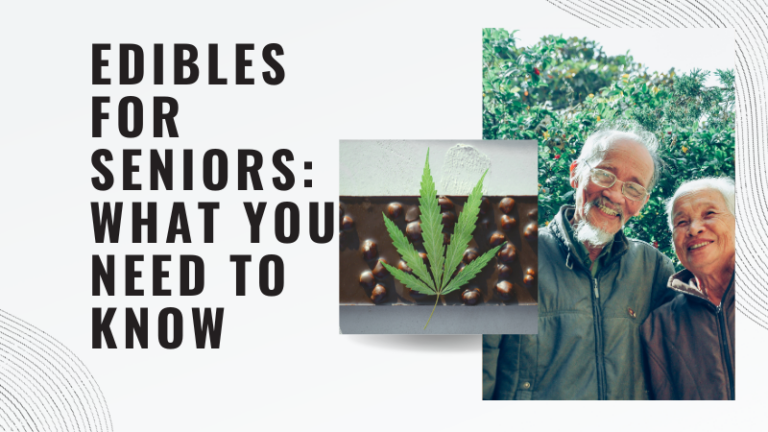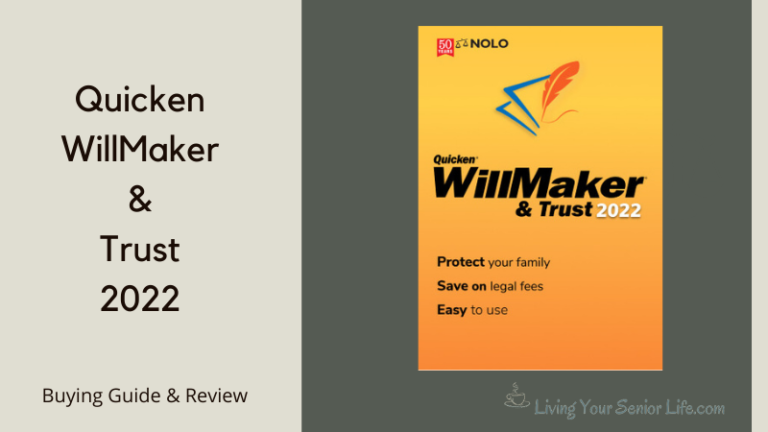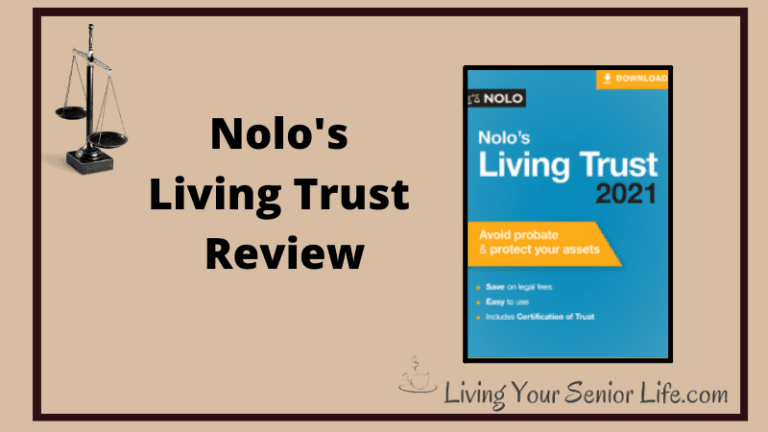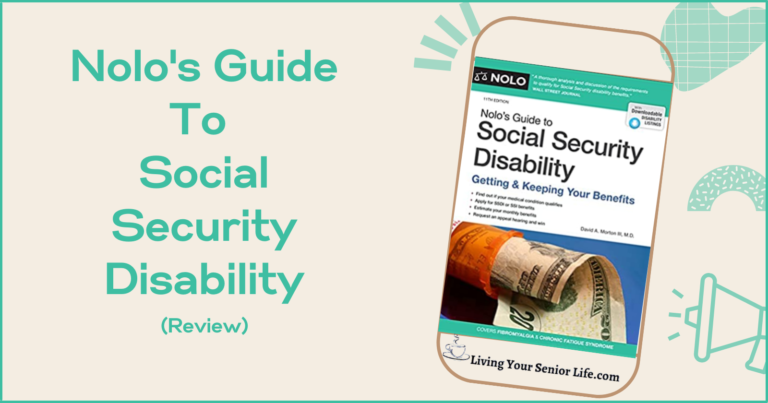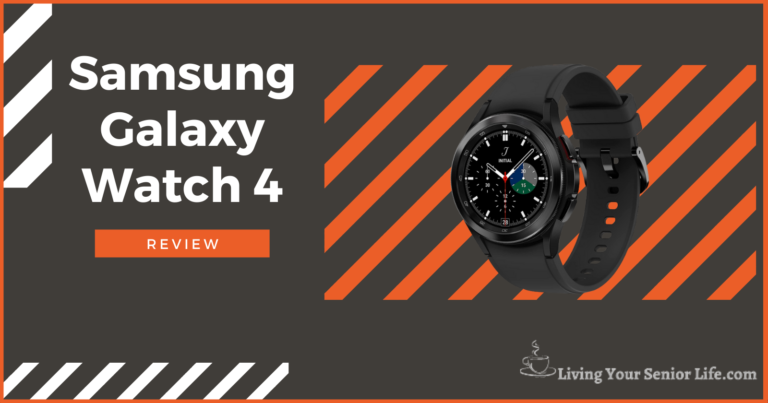This post is for informational purposes only and should not be used in place of the advice of a medical professional.
As we age, our bodies undergo various changes, and our eyelids are no exception. Eyelid problems can become more common in the elderly, impacting not only their vision but also their overall quality of life. In this blog post, we will explore eyelid problems in the elderly, their causes, symptoms, and potential treatment options. Understanding these concerns is crucial for both the elderly and their caregivers to ensure proper care and management.
Video: Eyelid Problems in the Elderly
Understanding Eyelid Issues in the Elderly
As you age, your eyelids undergo various changes that can lead to issues affecting both vision and eye health. Knowing about common disorders and the importance of eyelid function can aid in managing these conditions.
Age-Related Changes in Eyelids
With aging, the skin of your eyelids can lose elasticity, leading to drooping or the development of excess skin. Lower eyelids may sag, and fat herniation might lead to bulges in both the lower and upper eyelids.
The levator muscle, responsible for lifting the upper lid, can become weaker. This can cause a condition often referred to as droopy eyelids or ptosis.
Common Eyelid Disorders in Seniors
Elderly patients often experience a range of eyelid disorders. Some common eyelid problems include:
- Drooping Eyelid (Ptosis): May be a result of age, congenital ptosis, or even muscle weakness from myasthenia gravis.
- Dry Eye: Frequently reported in older adults where decreased tear production leads to eye irritation.
- Serious Conditions: Conditions like thyroid eye disease or Bell’s palsy, elderly people may encounter complications such as double vision or facial paralysis, affecting the eyelids.
Significance of Healthy Lid Function
Healthy eyelids are crucial as they protect the surface of the eye, spread tears evenly, and control light entry. Dysfunction can lead to vision problems, from mild eye irritation to vision loss or eye pain from severe ectropion or macular degeneration.
It’s essential for you to have regular eye exams and consult with your eye doctor to catch issues early and discuss treatment options. These options can range from eye drops and artificial tears to ptosis surgery.
Identification and Symptoms
Eyelid problems in older adults may present various symptoms, from irritation to vision changes. Recognizing these signs promptly can aid in seeking effective treatment options.
Recognizing Eyelid Problems
Eyelid issues in the elderly may include changes to the lower eyelids and surrounding skin.
You might observe droopy eyelids, a condition known as ptosis, often linked to weakening of the levator muscle responsible for lifting the upper lid. In some cases, congenital ptosis can occur from birth, but for many elderly patients, this is a development of the natural aging process involving connective tissue and eyelid muscles.
Besides laxity in the skin, you could notice swelling or fat herniation making the lid appear bulky or festooned.
Common eyelid problems might also manifest as dry eye, where the surface of the eye is inadequately lubricated, leading to burning, itching, and a gritty sensation.
In severe cases of eyelid conditions, such as thyroid eye disease or Bell’s palsy, you could witness more significant symptoms like double vision or facial paralysis, respectively.
Symptoms of Eyelid Conditions
The symptoms associated with eyelid problems can range from mild to severe. Some common symptoms include:
- Pain and irritation: You may feel discomfort or a persistent sense of something in your eye.
- Redness and swelling: These could indicate inflammation or infection, often seen with conditions like blepharitis.
- Itchy, watery eyes: These might signal allergic reactions or an underlying condition affecting tear production.
- Sensitivity to light and burning: Such conditions could arise from exposure to irritants or from dry eye syndrome.
- Vision problems: You might experience a reduction in your visual field, with peripheral vision being affected, or have difficulty seeing clearly if your eyelids sag severely, a condition often referred to as severe ptosis.
- Changes in appearance: Noticeable issues like loose skin on the upper lid, redundant eyelid skin, dark spots, or flat yellow patches, which may be a cosmetic issue or hint at deeper medical conditions.
If you experience any of these symptoms, regular eye exams can help detect problems early, and consulting with healthcare providers about your medical history and symptoms is crucial.
In cases where eyelid functions are compromised, treatments can range from simple measures like artificial tears for dry eye to ptosis surgery performed usually under local anesthesia for more serious conditions, all tailored to your needs by an eye specialist.
Causes and Risk Factors
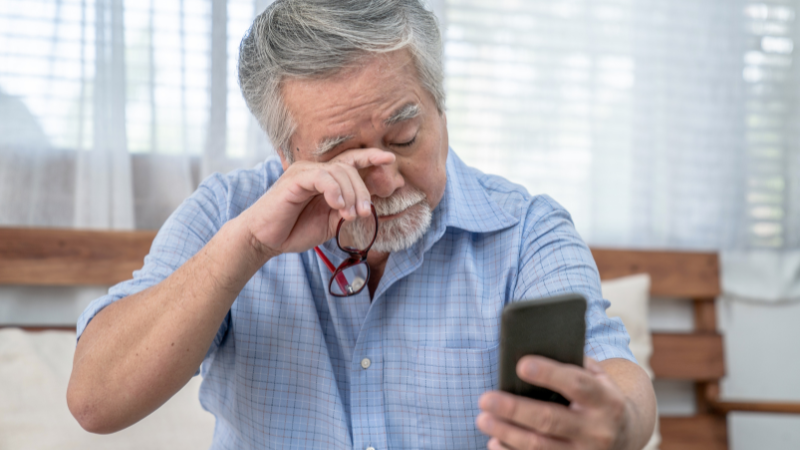
Understanding the reasons behind eyelid problems in the elderly requires a look into various factors, from bacterial infections to underlying health conditions. Here we explore the primary causes that could contribute to eyelid concerns in your later years.
Bacterial and Microbial Causes
Bacterial infections can be a common cause of eyelid issues in elderly patients. In particular, the oil glands near the eyelashes may become infected, leading to conditions like blepharitis.
Mites, which are tiny organisms living in the eyelash follicles, or skin conditions such as rosacea and dandruff, can exacerbate these infections.
Allergic Reactions and Environmental Factors
Allergies can play a significant role in the health of your eyelids. Allergic reactions might cause inflammation, leading to eye irritation, watery eyes, and swollen eyelids.
Environmental factors such as smoke, pollution, or the use of contact lenses may also contribute to eyelid problems by irritating the surface of the eye.
Underlying Health Issues
Several health conditions in elderly people may influence eyelid health.
Diabetes can lead to diabetic retinopathy, potentially causing vision loss.
High blood pressure and problems with blood vessels can affect eye health too.
Systemic issues like thyroid eye disease and autoimmune disorders where the immune system mistakenly attacks the body’s tissues can also manifest in eyelid issues.
Additionally, eye specialists link age-related changes in connective tissue to a weakened levator muscle, which can result in eyelid drooping or ptosis.
Treatment and Management
Effective treatment and management of eyelid problems in elderly patients require a tailored approach, addressing both the specific symptoms and underlying conditions.
Your healthcare provider may consider a range of medical interventions, surgical options, and home remedies.
Medical Interventions
Medications play a pivotal role in managing eyelid problems.
- In cases where dry eye is a symptom, artificial tears can provide significant relief by lubricating the surface of the eye.
- If you’re experiencing eyelid inflammation, antibiotic eye drops or ointment may be prescribed to tackle any bacterial infections.
- For inflammation-related conditions, such as blepharitis, warm compresses can soothe your eye irritation and help manage any eye pain.
- In cases of allergic reactions or contact dermatitis, your doctor might recommend steroid eye drops or creams to reduce swelling and redness.
Surgical Options
Surgery may become necessary when conservative treatments are not effective, or the eyelid condition leads to more serious concerns, such as vision problems or vision loss.
Blepharoplasty, a surgical procedure often performed under local anesthesia, can remove excess skin and fat herniation from droopy eyelids to improve your peripheral vision.
For conditions like congenital ptosis or severe ptosis caused by weakened levator muscles, ptosis surgery may be required to tighten the muscles and raise the upper lid.
In rare cases, a brow lift may be performed to correct forehead muscles contributing to eyelid drooping.
Home Remedies and Self-Care
For many common eyelid problems, effective self-care measures can greatly improve your symptoms.
Regularly applying warm compresses can assist in unblocking oil glands on the lower eyelids and minimize watery eyes. Consistent use of eye drops or ointment can help alleviate eye irritation associated with dry eye syndrome or floppy eyelid syndrome.
It’s also important to maintain regular eye exams, especially if you have a medical history of eye conditions like glaucoma, diabetic retinopathy, or macular degeneration, which can exacerbate eyelid issues.
Preventative Measures and Daily Care
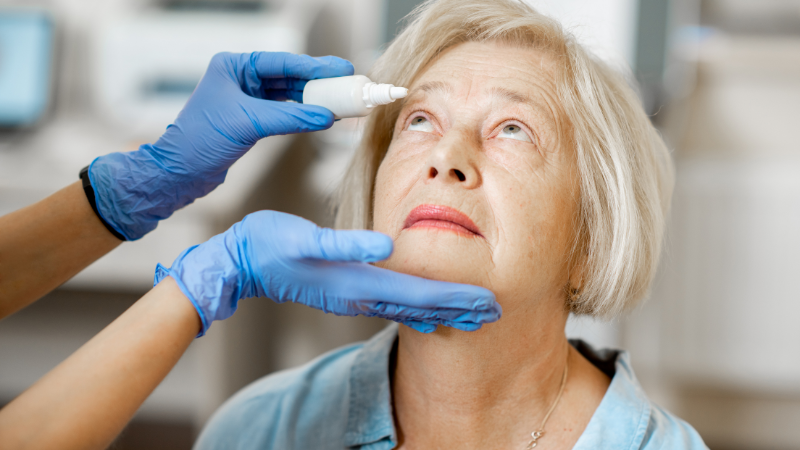
Maintaining the health of your eyelids is crucial, particularly as you age. Proper eyelid hygiene and sensible environmental controls can help prevent issues such as droopy eyelids, dry eyes, and irritation that often occur in older adults. Here are specific daily care routines and changes you can adopt to preserve your eyelid health.
Eyelid Hygiene
To support the health of your eyelids:
- Keep Eyelids Clean: Daily cleaning of the eyelids helps in preventing infections that cause problems like blepharitis.
- Eye Drops: For dry eye, a common condition in elderly patients, the use of artificial tears can provide relief. Ensure you choose preservative-free eye drops to avoid further irritation.
- Remove Eye Makeup: Regularly and thoroughly removing eye makeup before sleeping helps prevent the clogging of oil glands that can lead to eyelid issues.
- Contact Lens Hygiene: If you wear contact lenses, follow proper hygiene practices to prevent eye irritation and infections, which can exacerbate eyelid conditions.
Environmental Controls and Lifestyle Changes
Your environment and lifestyle can have a significant impact on the health of your eyelids:
- Humidity: Use a humidifier to keep air moist. This can help with dry eyes and eye irritation.
- Protect Your Eyes: Shield your eyes from wind, dust, and UV rays by wearing sunglasses when outdoors.
- Diet and Hydration: Maintain a diet rich in omega-3 fatty acids. Also, drink plenty of water to promote eye health.
- Rest Your Eyes: Take regular breaks from screens to reduce eye strain that can affect the muscles around your eyes.
- Manage Allergies: If allergies are a concern, use allergen-reducing strategies in your home. Also, take antihistamines as recommended by your healthcare provider.
- Avoid Smoking: Smoking can worsen dry eyes and contribute to a range of eye problems. If you smoke, consider quitting.
Complications and When to Seek Help
When noticing changes in your eyelids such as persistent irritation or alterations in vision, it’s crucial to be aware of potential complications that may require professional help.
Recognizing Serious Complications
Complications in elderly patients can range from treatable conditions to signs of more serious health issues.
Vision problems such as blurry vision or a noticeable reduction in peripheral vision may suggest the pressing need for treatment options.
If you notice your lower eyelids appearing unusually red or feel eye pain, these could be signs of conjunctivitis or other eye infections.
In some cases, bleeding or discharge from the eye must be addressed promptly to prevent further complications.
Dry eye, while common, can lead to damage on the surface of the eye if not managed. Also, a drooping eyelid—especially if it affects your visual field—can be a symptom of underlying conditions such as myasthenia gravis or a nerve disorder like Bell’s palsy.
Additionally, red eye or the presence of dark spots in your vision should not be ignored as these could indicate more serious conditions like diabetic retinopathy or macular degeneration, which could lead to vision loss.
Consulting Eye Care Professionals
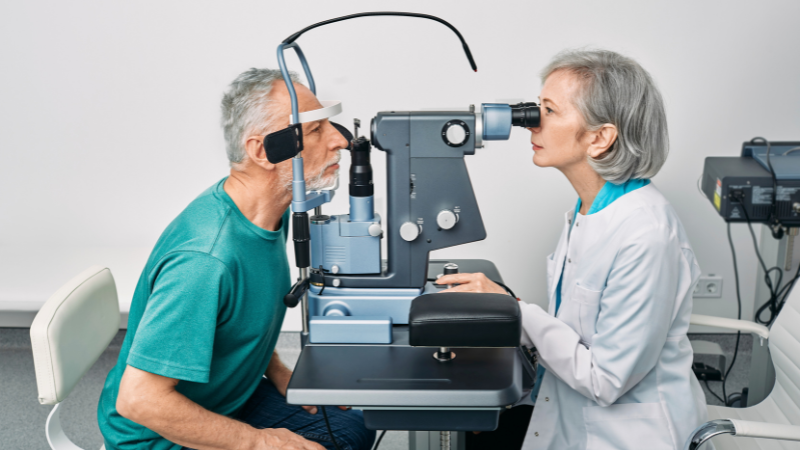
If you experience any of the above symptoms, consult an eye doctor as soon as possible.
An ophthalmologist can perform a comprehensive physical exam. This may include blood tests to evaluate for systemic conditions like high blood pressure or diabetes that can affect the eyes.
They can also assess for eyelid drooping (ptosis) caused by weak levator muscle function. They can also examine for eyelid muscles condition that could explain a lazy eye.
Regular eye exams are recommended for older people as they are an effective way to detect and manage common causes of eyelid issues.
If surgical procedure is necessary, for excess skin removal or ptosis correction, it’s often performed on an outpatient basis under local anesthesia.
Healthcare providers can give advice on non-surgical treatments such as Botox injections or artificial tears for eye irritation, which may suffice for mild cases.
Consulting with specialists early when confronting these eyelid complications is key to preserving your normal vision and overall eye health.
Final Thoughts
In conclusion, eyelid problems in the elderly can significantly impact their daily lives and overall well-being. From drooping eyelids to skin conditions, these issues require attention and proper management. By recognizing the symptoms and seeking timely medical assistance, elderly individuals can receive the necessary support to alleviate discomfort and maintain good eye health. It is essential for healthcare providers and caregivers to be aware of these concerns and work together to address and manage eyelid problems in the elderly effectively.
